A setter’s job is not easy, and it’s not for everyone. Being a good setter is not just about being a great athlete. It’s actually much more involved than that. Whether you’re just starting out as a setter, or you’ve been playing as the setter and want to improve, here are 23 tips that will help you improve your game.
What is a setter in volleyball
Before we get into how to be a great setter, let’s get on the same page about what is a setter, and what they do.
Volleyball is a sport with specialized positions. That means that each player on the court has a specific role to play, in addition to knowing all the basic skills of volleyball. Some players are hitters, some are defensive specialists – and then there’s the setter.

The setter is the player who is responsible for setting up the ball for the hitter in every offensive bump-set-spike play. That means that the setter is ideally supposed to touch the ball once in every play.
Sometimes referred to as the quarterback of the volleyball court, the setter is also responsible for calling plays, providing leadership, and maintaining momentum on the court. The setter should not be the quietest player on the court! She should be continually communicating with her teammates, and making sure that there’s lots of chatter on the court.
Before every serve comes over the net, the setter should communicate with each of her hitters, so that each hitter knows what type of set they will ideally be receiving. I say ideally, because sometimes the best planned plays can go awry, and players should be ready to adapt.
Communication between the setters and the hitters can be verbal or through hand signals. More on that below.
23 Tips to Become the Best Volleyball Setter
1. Be able to set the ball well
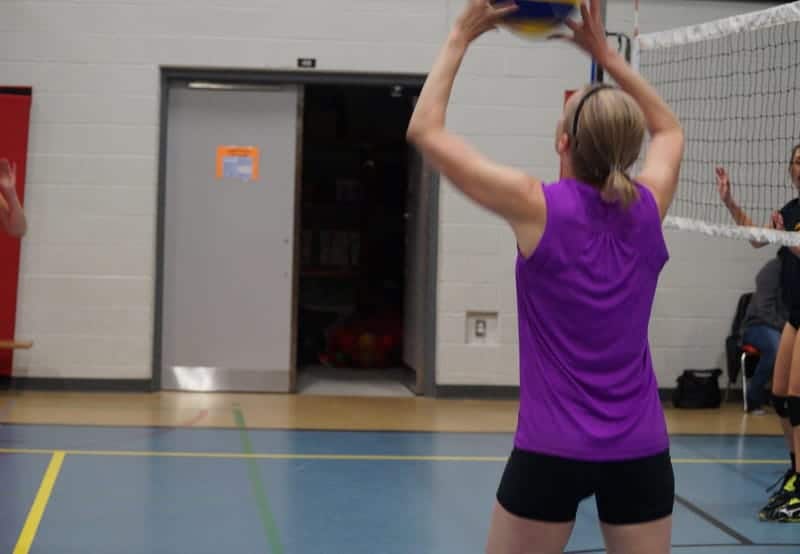
Pretty obvious, but the setter should be able to set the ball well. It should be on target, and the height and speed should be consistent. The setter should ideally be involved in every play, so they absolutely should have the technical skills for the position. The last thing your team wants is for the setter to be regularly getting called for a ball handling violation. Though it does happen, occasionally! Hey, setters are human, too!
However, there’s way more to being a good setter than just being able to set the ball well. Here are 22 additional qualities of a good setter.
2. Be a good leader
Being a good leader means knowing the strengths and weaknesses of each of your teammates, so you can maximize their best abilities. A good setter will encourage their teammates to play well, and to stay focussed and be aggressive (in a good way!).
The setter will call the plays before each serve, so the hitters will look to the setter for the leadership of making the decision.
3. Motivate your teammates
It’s disappointing to lose a point. However, sometimes a player can start to get down after they’ve lost a particularly tough rally, or if they’re lost a few points. This can be a slippery slope on a volleyball court, because that negativity can easily start to affect how that player continues to play, and it can even start to rub off on other teammates as well.
Volleyball can be a really psychological sport, and the momentum of being “up” mentally can change quickly. That’s why it’s really important to stay positive and motivated, even when a few points have been lost. If the setter sees this start to happen, she should identify it, and encourage her teammates to forget the past bad plays, and to focus on the next one.
4. Have good awareness
Before each serve, in addition to calling the plays, the setter should also take a quick scan of the serve receive setup. Are any players out of rotation? Does everyone seem ready? Are there any players that need a bit of extra encouragement because they’re a bit down? Or, is there a player that’s just “on”, and should be fed the ball more because they’re just crushing it?
These seemingly small details all add up to great opportunities to lead the team, and to make strategic decisions.
5. Be strategic
When calling plays, a setter needs to take in and process a lot of information – and quickly. You need to know your own side of the net, such as knowing the type of sets that each hitter is good at hitting (and bad at hitting), knowing the particular preferences of each hitter (some like a tighter set, some like it JUST inside the court boundary line, and some like it a little lower), and there’s also knowing your passers. Some passers will pass really consistently, and some will pass… well, a little LESS consistently.
Then there’s also taking a look at the other side of the net. Are there some super huge blockers lined up with your shortest hitter? Then make sure you don’t set her too close to the net. Maybe you’ve noticed that one of the middle blockers is a bit slower. Then that’s a great opportunity to run some faster plays on your side of the net, because chances are your hitter will have a wide-open path.
To be strategic, a setter needs to understand what’s happening on the court at all times, so that each rally can be maximized as a scoring opportunity.
6. Choose plays wisely
Don’t just think of a play at random. Look at your hitters – what are their strengths, what kind of sets to they prefer? While it’s good to mix up the type of sets, always keep in mind what the hitter actually prefers to hit. While some hitters can hit a variety of sets, some hitters prefer the same type of sets, especially in more recreational leagues.
If a hitter isn’t ready for a more complicated play, don’t push them into it. They need to feel comfortable and confident.
7. Be adaptable
Have you heard that popular saying, “Plan for the worst, hope for the best”. Well, a volleyball setter needs to plan for the worst AND plan for the best. She has to assume that she’s going to get a great pass every time, and let the hitters know what set to be ready for. However, she also has to have a Plan B, in case the pass is not on target. Which can happen very unexpectedly.
A bump-set-spike play is the ideal, but there’s also going to be many plays that don’t happen in that sequence. A good setter needs to be able to understand what’s going on, and make split-second decisions – for example, who to set, is this a good time to tip it yourself, are all the hitters ready.
8. Get creative
There will be times when play after play just won’t score a point. Each set that you give a hitter will get blocked, or it will get dug up by a defensive player. This is where you need to get creative. Don’t just keep setting the same hitter the same set over and over. Can you use a different hitter? Can you change the speed or height of the set? Can you use a backcourt hitter? Or can YOU hit the second ball instead of setting (known as a setter dump).
This is also when knowing the other team’s vulnerabilities is critical. Are there any big holes in the other team’s defence? Is one of the players creeping out of defensive position? Identify these weaknesses, and let your hitters know about them.
9. Be fast!
A good setter is both physically fast and, as you’ve seen above, mentally quick as well. Good decision-making is critical, and there often isn’t a lot of time to analyze each situation in the moment. After gaining experience, a good setter will trust and rely on intuition in many situations.

10. Be agile
Being fast is one thing, but there’s also being able to change direction quickly as well. There will inevitably be plays where you think the ball is going to go in one direction, and it actually ends up going in a whole different direction. Having good agility means you’re able get to the ball, regardless of which direction it ends up going in.
11. Listen to your intuition
How do you develop that intuition? It’s not just based on the number of years you’ve played. You can train yourself to develop this. After every game, and especially after a particularly challenging play, replay it in your mind. Ask yourself, “Did I make the right decision? Did I set the best hitter? Could I have done something differently?” Doing this kind of critical analysis regularly will help you to understand when you’ve made the right or wrong decisions, which will affect your judgement for future games. The same exact play may not necessarily happen again, but your intuitive reaction to similar plays will start to improve.
12. Be humble
A setter definitely isn’t in it for the glory. Which is a good thing, because honestly, the glory is going to go to the hitter. Sure, sometimes the hitter will remember to thank their setter. Or maybe another teammate who wasn’t involved in the play will acknowledge your amazing effort. But, being a setter means getting used to the hitters getting the huge high-fives.
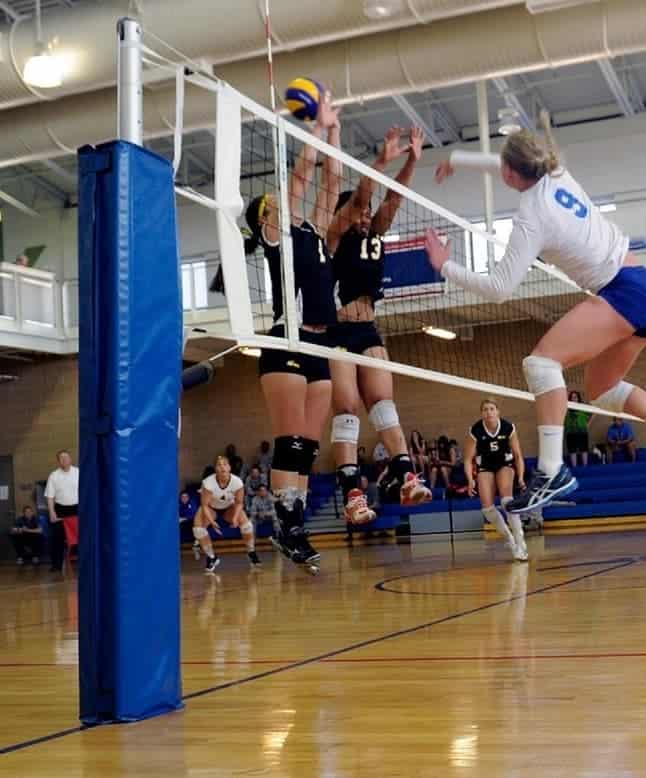
And that’s okay.
A setter’s job is literally to set up the hitter so that they can do THEIR job. Which is to attack the volleyball to the best of their ability. The hitter is dealing with their own strategy and decisions (should I swing hard, roll shot, tip?). So, the best thing a setter can do is to get the best set out to the hitter, so that they can do what they’re good at.
Remember, volleyball is a sport with specializations. That means that each player is contributing their unique set of skills to the whole team, making the whole team stronger.
13. Be open to suggestions
Some of your teammates will also have a good read on the other team’s vulnerabilities, or they’ll just see things on the court that you may have missed. Don’t assume that you’ve got all the answers! Being a good leader means listening to your teammates.
For example, if a back court player has identified that the other team’s defensive players are creeping up, then let the hitters know to hit deep.
Your job as the setter isn’t to have all the answers. It’s to use the information that is available to you, which may be coming from your teammates, to help your team play better.
14. Be diplomatic
The setter is often the floor captain, which means that they are the only player who communicates directly with the ref. The floor captain also needs to relay back any relevant information from the ref to the rest of the team. For example, if a player is showing unsportsmanlike behavior, and is at risk of getting a yellow card, the ref may give a warning to the floor captain before actually issuing the yellow card.
As with any sport, tempers can sometimes flare up on the volleyball court. There’s a lot of intensity during plays, and every team needs someone who can bring their teammates back to focus on the next play. As the leader on the court, the setter is often the natural choice. This could also be because of the neutrality of the position, and the fact that there’s usually only one setter on the court.
15. Set the example (pardon the pun!)
The best way you can motivate your teammates to play their best is for YOU to play your best. Don’t just yell, “C’mon, c’mon!”, and expect your teammates to excel. Set the example by playing as hard as you can. Make as many bad passes into good sets as you can. Hit the floor and dig up as many balls that look undiggable as you can.
By playing as hard as you can, you’re setting the bar at a level for your teammates to play up to. This sets the tone for the whole team, and everyone will work just a little bit harder, because that’s the kind of team you’re setting for.
16. Know when to call for help
The setter is ideally supposed to get every second ball. However, there will be times when that is just not possible. This doesn’t make you a bad setter! It just means that the pass or dig were just too far off target, or maybe you were still getting back into defensive position. Sometimes, the better choice is to call for help and let another teammate get the second ball.
Just make sure you call for help as early as you can, so that your other teammates actually have a chance of getting to the ball.
17. Be consistent
Sets need to be consistent. Hitters need to know that the sets they will be getting will be the same in terms of height, speed, and on target. If a hitter is getting inconsistent sets, they’ll constantly need to adjust their hitting approach, rather than focussing on their own strategy (and the height of the blockers they’re up against).
Consistency is also about attitude. A setter should be the rock that holds the team together. If the setter fluctuates between being really up, then getting really down mentally, that is going to affect the rest of the team as well. So, stay focussed and consistent, which will help your teammates as well.
18. Be LOUD!
The setter is the target for the passers. So, she should always let the serve receive know where she is. The setter should be calling for the ball before the serve has even happened! This lets the passing players know where they should be aiming, and gives them a mental focus as well. It can be loud in the gym during a volleyball game, but the passers should always know where their setter is.
19. Be in good shape
In addition to being involved in every play by setting the ball, when in the front court, the setter usually plays in the 2 position (the right side of the net). Which means that they will be blocking the other team’s left-side player (sometimes referred to as the power hitter). Which means that they will be blocking A LOT.
So, with all that running around to save any bad passes, and jumping to block one of the strongest opposing hitters, the setter definitely needs to be in good physical shape.
20. Use the setter dump selectively
A setter dump is when, instead of setting the ball (which is what everyone is expecting), the setter dumps the ball over the net on the second ball instead. A setter dump can be a hard-driven hit or a tip.
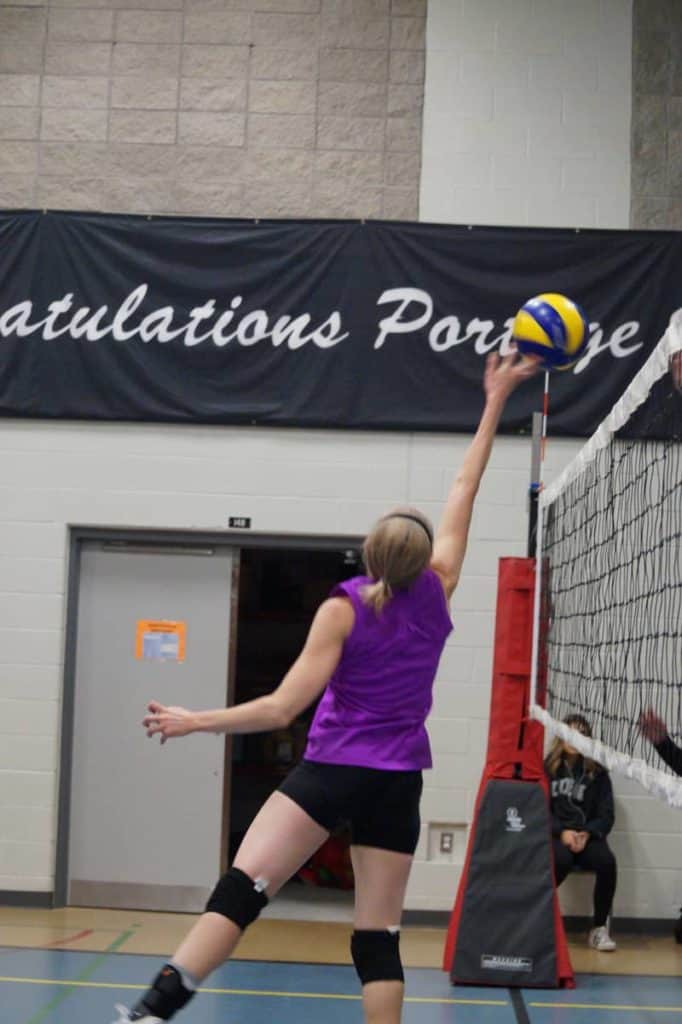
The best time to do a setter dump is when it’s least expected. For example, if the ball is passed tightly to the net, the easy choice may be to just tip it over. This MAY be the better choice – or it just might be the most obvious choice.
Depending on the pass itself, a good setter might be able to salvage a hittable set out of a bad pass. This is a great time to do it, because the blockers will be expecting a setter dump.
And while it’s tempting to set a perfectly passed ball to a hitter, that might just be the best time to do a setter dump – because it’s least expected.
21. Make your setter dump unreadable
Did I mention the setter dump should be done when it’s least expected? This also means that it should be unreadable by the blockers – otherwise, you’re probably just going to get stuffed.
A setter dump should look like a regular set for as long as possible. Then, at the last minute, the setter should tip or hit the ball. Depending on the style of attack, she may not even need to turn to square her shoulders.
Ideally, the blockers haven’t even jumped yet, so the net should be wide open. However, try to keep sight of the blockers out of the corner of your eye, to see if they’re jumping with you.
22. Play defense first!
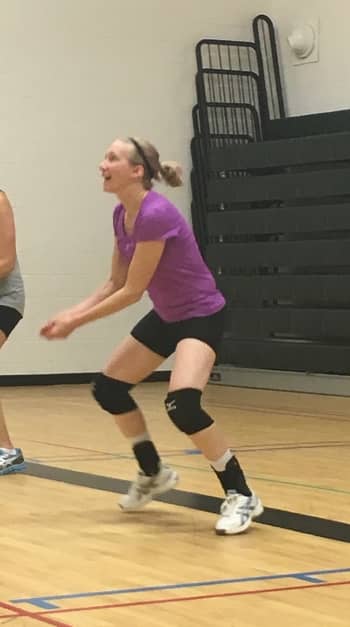
A setter’s job is to set the second ball. But that doesn’t mean ignoring the primary responsibility of defense as well! Make sure you’re not leaving your defensive post too early, as this can leave a huge hole in your team’s defensive setup. The other team will notice quickly, and will definitely take advantage of this kind of vulnerability.
So, what happens when the setter digs up the first ball? There should always be a secondary setter identified (usually the player in the Opposite position) who will step in to set.
23. Still know how to hit the ball well!
Just because the setter’s job is to set the ball doesn’t mean that they won’t get to hit the ball every now and then too! Plays happen fast, and there will be times when the setting the setter is the most obvious choice. Or, maybe the setter is in blocking position, and the other team sends over a ball that is just asking to be hit straight back.
Regardless of the exact scenario, while a setter trains primarily set the ball, she should also know how to hit the ball well.
How to communicate plays to hitters
A setter can communicate plays to hitters is by using hand signals, or verbally. Hand signals are used in more competitive leagues, where the setter doesn’t want the other team’s blockers to know what plays they will be running. This helps maximize the surprise of the attack (hopefully).
When using hand signals, hitters need to know to look to their setter before each serve, and acknowledge they’ve seen the signal.
Hand signals are also used in recreational leagues, but, depending on the level of competitiveness, sometimes the plays are just called out before each serve. Sometimes, a player’s name is just called out, with the assumption that they are getting a higher set. Click here for How to Set a Volleyball Without Hurting Your Fingers
Sometimes the setter will get a pass that’s just too bad to run the play that was called. In this case, it’s important to have a plan B (remember, I said setters need to be adaptable and creative!). If the hitter has already committed to running the play that was called, they may not be able to adjust to a different type of set. This means that the ball should be set to one of the other players, maybe even a back court player. Because of this, all players need to be ready at all time – there’s no spectating when you’re on the court!
All of this may seem daunting – how can one player possibly do all this? It IS possible for a player to have all of these traits. However, it doesn’t happen overnight! It takes conscious effort to train yourself as a setter, both mentally and physically. Remember, being a setter isn’t about the glory – it’s about setting an example and helping your teammates play to the best of their ability, so that you win as a team.
Here is a summary of the 23 tips on being the best setter:
- Be able to set the ball well
- Be a good leader
- Motivate your teammates
- Have good awareness
- Be strategic
- Choose plays wisely
- Be adaptable
- Get creative
- Be fast
- Be agile
- Listen to your intuition
- Be humble
- Be open to suggestions
- Be diplomatic
- Set the example
- Know when to call for help
- Be consistent
- Be LOUD
- Be in good shape
- Use the setter dump selectively
- Make your setter dump unreadable
- Play defense first
- Still know how to hit the ball well!


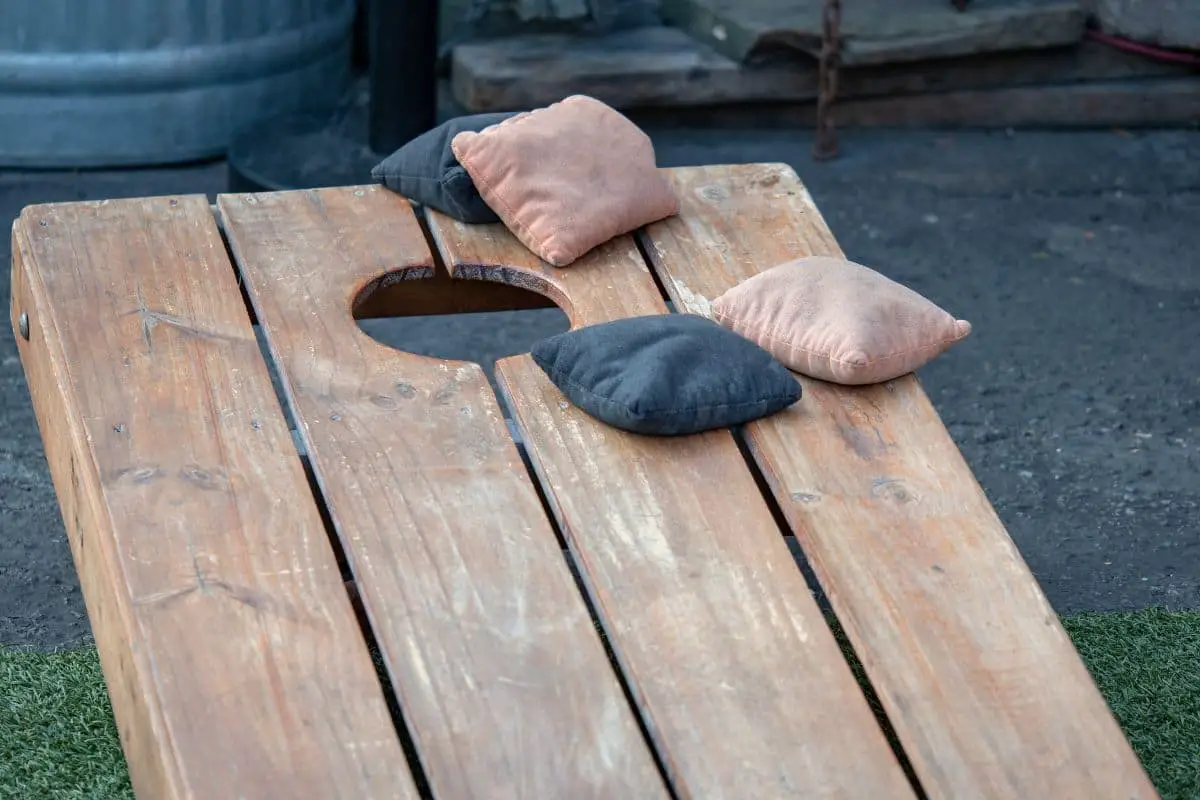
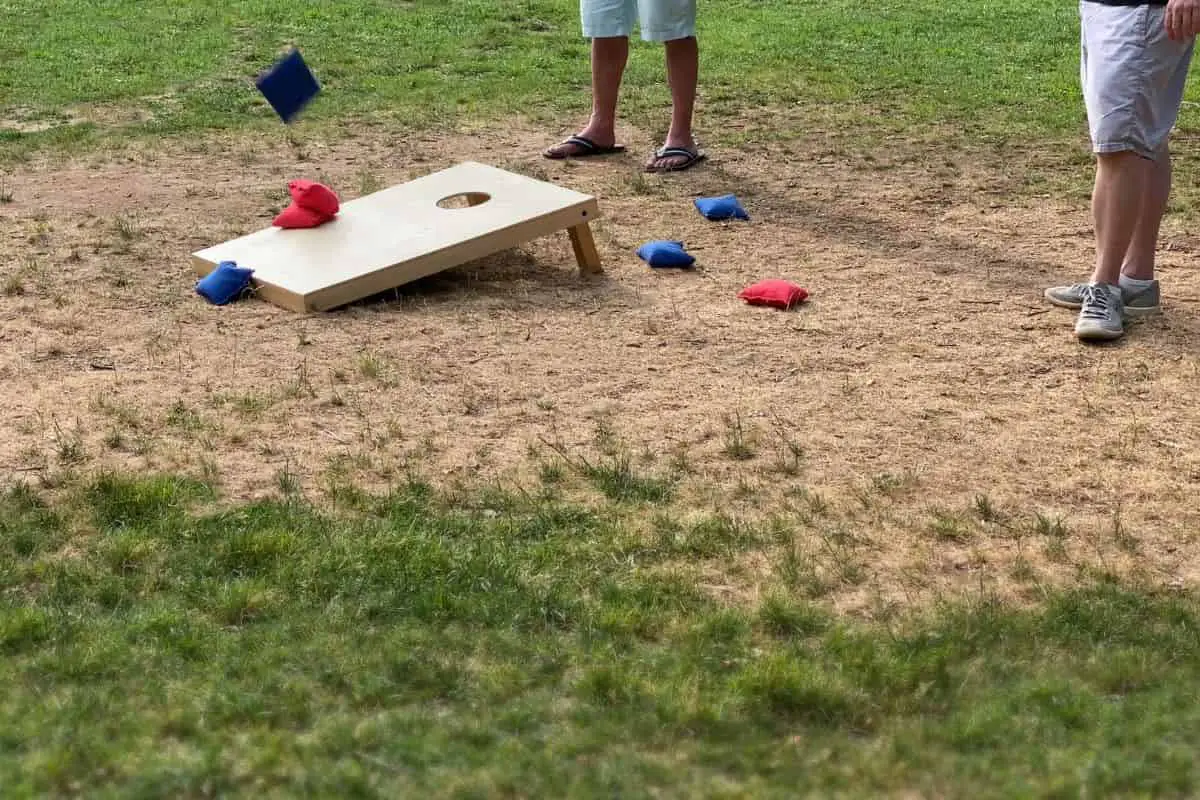
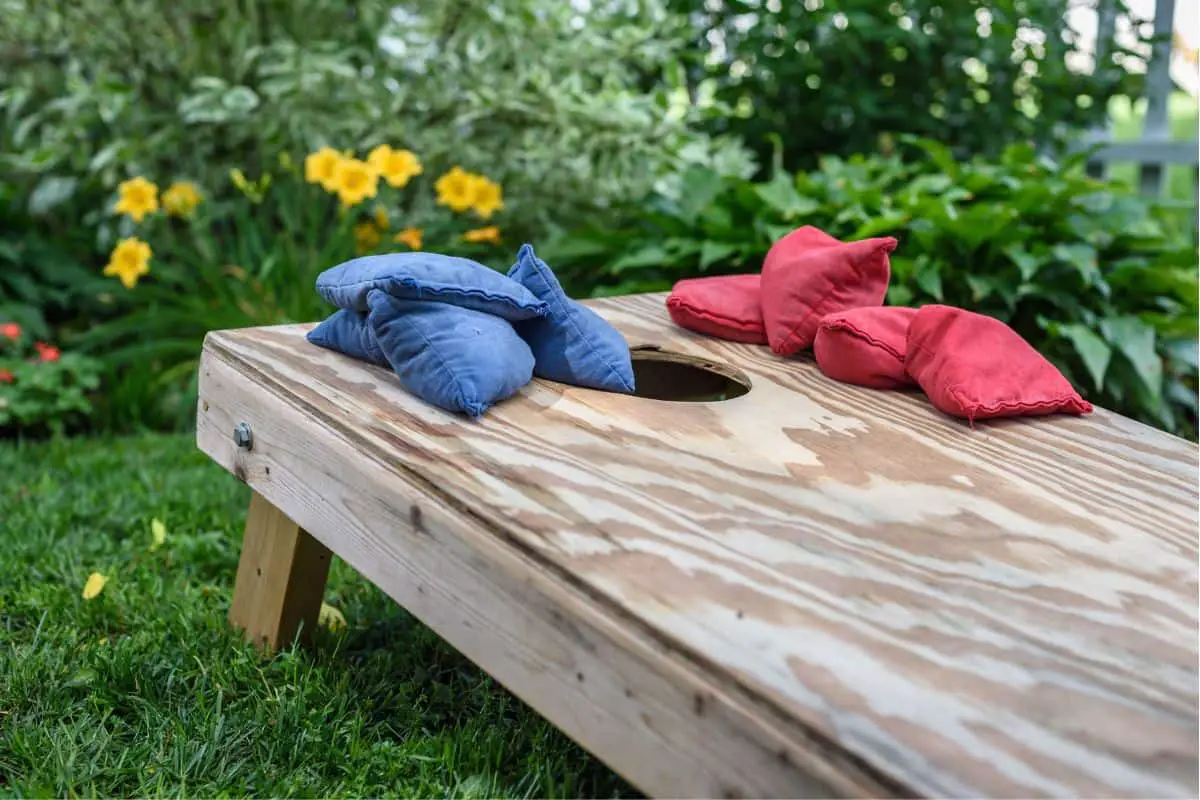
Leave a Reply
You must be logged in to post a comment.